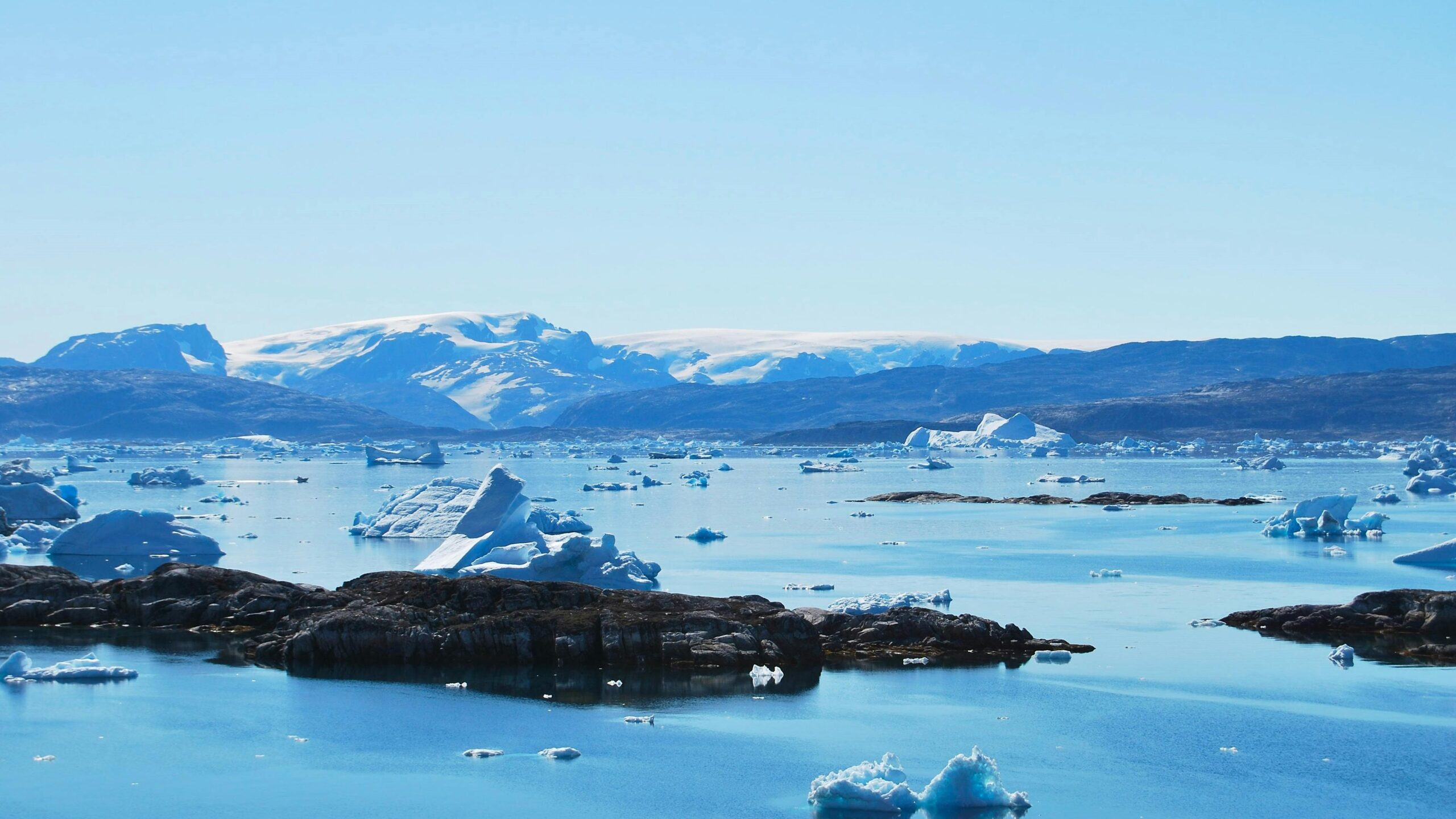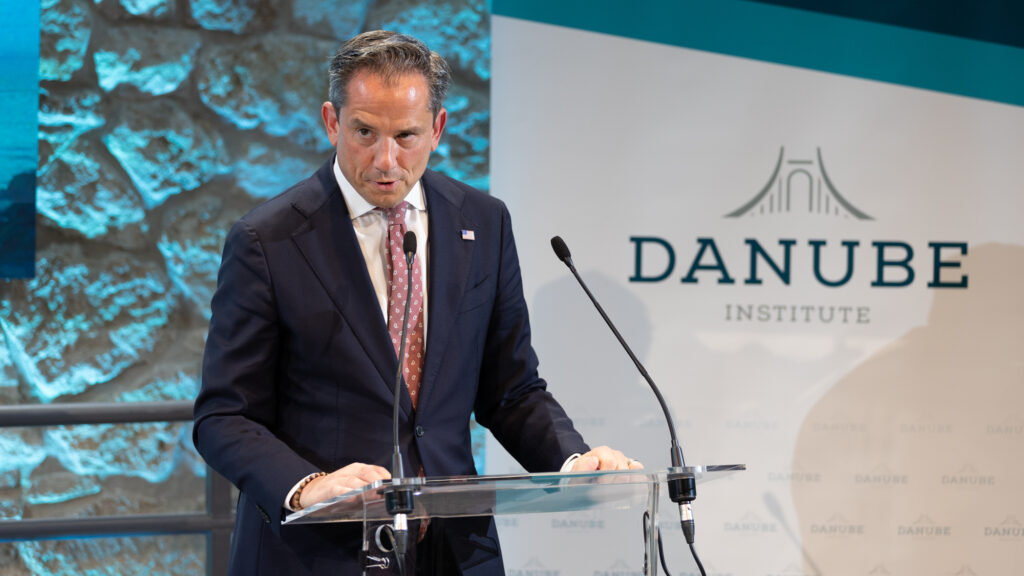In January 2025 one of the most controversial international news stories was related to a geostrategic ambition: US President Donald Trump, at a press conference, reiterated his 2019 statement that the United States should purchase Greenland for national security reasons. While this suggestion might initially seem absurd, historical analysis reveals that this is neither far-fetched nor without precedent.
Greenland, the world’s largest island, has attracted US interest not only for its natural resources but also for its geostrategic location. Both the Cold War and today’s geopolitical competition demonstrate that Arctic regions are increasingly significant from military and economic perspectives. Trump’s statement, therefore, is not a dismissible eccentricity but rather another episode in an American strategy that has been evolving for more than a century and a half.
Historical Background of US Interest in Greenland
The roots of American interest in Greenland date back to the 1860s when William H Seward, then Secretary of State, considered acquiring Greenland and even Iceland following the successful purchase of Alaska. His collaborator, Robert J Walker, emphasized Greenland’s potential role in encouraging Canada’s possible American annexation. Walker highlighted the island’s large, defensible harbours, valuable ore and coal reserves, and rare cryolite deposits as important steps toward establishing US global trade dominance.
‘The roots of American interest in Greenland date back to the 1860s’
Despite ambitious plans and detailed reports, Congress ultimately did not support the initiative due to the costs associated with the Alaska purchase. The efforts to acquire Greenland (and Iceland) quietly faded away, with some representatives like C C Washburn publicly ridiculing the idea when secret negotiations were revealed.
In the early 20th century Greenland again became of interest. In 1910 US ambassador to Denmark Maurice Francis Egan suggested through diplomatic channels that acquiring Greenland (and potentially Iceland) could be realistic. According to Egan, Denmark did not consider Greenland an integral part of its territory and might have been willing to relinquish it as part of an international exchange deal.
During World War II, after Germany occupied Denmark on 9 April, 1940, Greenland’s status became uncertain. Into this power vacuum stepped the United States, both diplomatically and militarily. On 9 April, 1941 Henrik Kauffmann, Denmark’s ambassador to Washington, signed an agreement for Greenland’s defence with the US without prior approval from the Danish government.
Although the Danish government officially condemned Kauffmann’s action and declared the agreement null and void, this legally contested but practically effective agreement enabled the rapid establishment of American military presence in Greenland. By 1945, the island had extensive American infrastructure, including airfields, meteorological stations, and radio transmitter towers. Greenland thus became de facto under American control, although formally it remained part of Denmark.
The beginning of the Cold War added new dynamics to this long-standing interest. In December 1946 the United States secretly made an official offer to purchase Greenland, offering $100 million in gold. The offer was personally delivered by Secretary of State James Byrnes to Danish Foreign Minister Gustav Rasmussen at a meeting in New York. The Danish government was completely shocked by the proposal—Prime Minister Knud Kristensen was so outraged that he abruptly left the United States, and the Danish political elite broadly rejected the idea of the transaction.
After the failed purchase attempt, the US rebuilt diplomatic relations with post-war Denmark in 1947, hoping for long-term military cooperation. A breakthrough came in 1951 when Denmark and the United States signed an official defence agreement for Greenland within the NATO framework, legitimizing the American presence that had already been fully established, particularly at Thule Air Base (now Pituffik Space Base). This base became a key element of early missile warning systems and American nuclear strategy during the Cold War decades.
The Strategic Importance of the Arctic
The Arctic has become one of the 21st century’s most important geopolitical regions, crucial from economic, military, and commercial perspectives. The region’s significance can be attributed to three main factors: abundant natural resources; strategic military positioning; and new sea routes opening due to global climate change.
Economic Value: Treasure under the Ice
Climate change and the retreating ice sheet have made previously inaccessible minerals and energy resources available. The Arctic contains approximately 30 per cent of the world’s estimated natural gas reserves and 13 per cent of its oil reserves. This amounts to nearly 412 billion barrels of raw materials, a significant portion of which is located in the West Siberian and East Barents basins.
Additionally, the presence of rare earth metals, uranium, platinum, gold, zinc, and other strategic raw materials increases the Arctic’s economic potential. The transformation of fishing zones and areas becoming more suitable for agricultural cultivation open new opportunities—not only for raw material extraction but also for food production and biomass energy.
Military Significance: Deterrence and Strategic Superiority
During the Cold War, the Arctic was one of NATO’s forward defence lines, mainly for detecting submarines and air defence control. After the Soviet Union’s collapse, the region was characterized by the ‘High North, Low Tension’ approach—relative calm and cooperation. However, this era ended in 2014 with Russia’s annexation of Crimea and especially after 2022, as the region once again became an arena for great power competition.
Over the past two decades, Russia has embarked on major Arctic military infrastructure development: reopening military bases from the Soviet era, modernizing naval and air defence systems, and strengthening its radar network. By 2023 the Russian presence in the region had reached such a level that NATO experts estimate the alliance would need at least 10 years to reach Moscow’s current level of military infrastructure.
‘The Chinese–Russian partnership presents a new, multipolar security challenge that further complicates the region’s geopolitical map’
China—which officially defines itself as a ‘near-Arctic state’—is increasingly cooperating with Russia in the region. They conduct joint military exercises, and China is establishing scientific research stations and logistical points connected to Arctic shipping routes. This Chinese–Russian partnership presents a new, multipolar security challenge that further complicates the region’s geopolitical map.
Trade Routes: The New Axis of Global Logistics
The melting ice cap is opening the Northeast and Northwest Passages, as well as the transpolar route, which can shorten the sea distance between Asia and Europe by 30–40 per cent and reduce costs by 15 per cent. The Arctic Bridge route, for example, connects Murmansk or Narvik with the Canadian port of Churchill and is particularly used for grain shipments and energy exports.
These new routes offer not only logistical advantages but also pose geopolitical risks: sovereignty disputes, stricter environmental regulations, and infrastructure deficiencies all present challenges. However, the region’s ‘pirate-free’ status and strategic enclosure make it more advantageous from a security perspective than global southern routes, such as the Suez Canal.
Growing Great Power Rivalry
The Arctic’s geopolitical value lies not only in resources and logistical possibilities but also in the fact that the region is gradually becoming a power periphery of a new, multipolar world order. Global actors—the US, Russia, China, and European Arctic states—are all striving to gain strategic advantage over the northern waters.
The intensification of China’s Arctic presence also poses a serious strategic challenge for Western states. The Chinese Arctic strategy adopted in 2018 defines three main goals: maintaining a scientific presence, exploiting commercial opportunities, and long-term capacity building in the region. As part of this, Beijing has launched the Northern Silk Road programme—essentially an extension of the Belt and Road initiative to the Arctic—which aims to establish alternative global logistics connections integrated into Russian Arctic sea routes.
Trump’s Arctic Strategy: The Geopolitical Interpretation of the Greenland Issue
Donald Trump’s 2019 statement that the United States should purchase Greenland initially appeared to be a diplomatic provocation or presidential overreach. However, with knowledge of historical precedents and the current geopolitical environment, this suggestion can be seen more as a manifestation of conscious strategic recognition rather than arbitrary political whim.
The 19th–20th century American efforts detailed in the article—the American attempts of 1867, 1910, and 1946—clearly indicate that acquiring Greenland (and partly Canada) has long been a recurring element of the US global power vision. The island’s economic, energy, and military significance was known even then, but today these factors have gained even greater emphasis due to climate change, the melting of the Arctic ice cap, and the militarization of the region.
‘It has become clear to the United States that whoever controls the Arctic today can influence global trade, energy supply, and even the security policy balance tomorrow’
All of this is further exacerbated by the current security situation—infrastructure dominated by Russia, China’s increasing presence, and NATO’s strategic lag. It has become clear to the United States that whoever controls the Arctic today can influence global trade, energy supply, and even the security policy balance tomorrow.
Trump’s geopolitical instinct—however divisively expressed—fits into a long-term American strategic pattern. Acquiring or closely integrating the regions of Greenland and Canada would serve not only economic interests but could also be a response to the global challenge posed by the Arctic’s restructuring power map.
Related articles:







